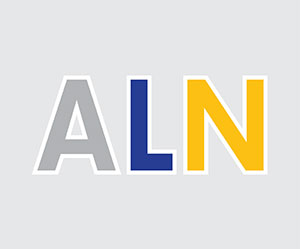BEST OF THE WEB N.11
Per il bioinformatico
www.colorado.edu/chemistry/bioinfo
A strength of the site is its collection of tutorials for basic bioinformatics tools; for instance, site visitors are taught how to search on PubMed or OMIM, how to perform sequence alignments using a BLAST tool hosted by Washington University, and how to perform multiple sequence alignments using ClustalW. In addition, the website contains a number of useful links to bioinformatics-related resources.
Per il genetista
“Nematode and Neglected Genomics”—is the perfect place to visit if you are searching for genetic information for “misfit” organisms of the current genomics era. You won’t find DNA sequence information for Drosophila melanogaster or Mus musculus here; instead, you can browse sequence databases for 63 species of nematodes, 1 tardigrade species (or “water bear”), 9 species of molluscs, and 2 axolotl species, among others.
Per il biochimico
star.mit.edu/biochem/index.html
the StarBiochem program is specifically designed for students of biochemistry. In biochemistry courses, protein structure is introduced sequentially: primary, secondary, tertiary, and quaternary structure. Similarly, the StarBiochem Java applet allows users to explore 3D protein structures at these four levels of molecular interactions. For each structural level, users can adjust the size and transparency of the atoms and bonds (or larger structural motifs), which allows users to simultaneously view primary-through-quaternary structural features. Additionally, the program allows users to display or hide specific amino acid residues or other features of the 3D model.
Per il ricercatore
Scientists have a way to fight back against the lengthy publishing process, thanks to bioRxiv (pronounced “bio-archive”). Operated by the Cold Spring Harbor Laboratory, bioRxiv is an online repository for unpublished manuscripts in the life sciences. The preprints are published online on the bioRxiv site, where other scientists (and the general public) can read, comment on, and discuss the work. There is no paywall and no lengthy review process—just science, shared with the community.
















